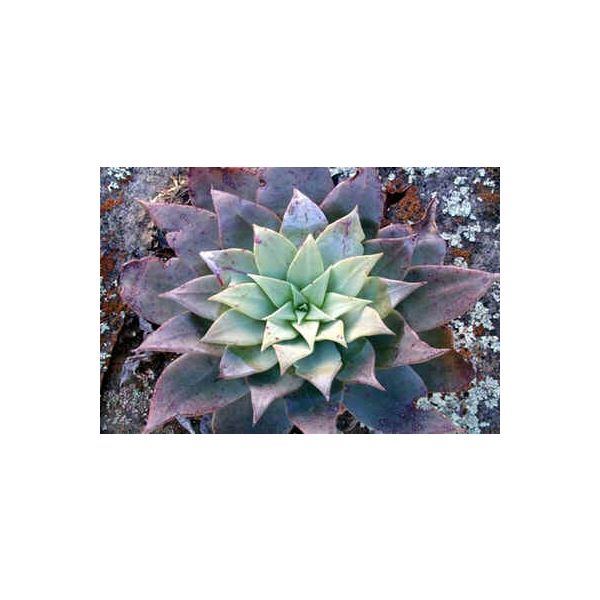Dudleya Seeds Mix
Dudleya Seeds Mix
Commonly known as ?live-forever? plants, Dudleyas have been known to live as long as 50 to 100 years.

Delivery
All orders shipped with UPS Express.
Always free shipping for orders over US $250.
All orders are shipped with a UPS tracking number.
Returns
Items returned within 14 days of their original shipment date in same as new condition will be eligible for a full refund or store credit.
Refunds will be charged back to the original form of payment used for purchase.
Customer is responsible for shipping charges when making returns and shipping/handling fees of original purchase is non-refundable.
All sale items are final purchases.
Help
Give us a shout if you have any other questions and/or concerns.
Email: contact@domain.com
Phone: +1 (23) 456 789
Availability: In stock
SKU
Dudleya
Dudleya is a genus of succulent perennials, consisting of about 45 species in southwest North America. It was at one point included in the genus Cotyledon, and then moved to Echeveria, and at last got their own genus. The genus is named after the Stanford professor William Dudley. Commonly known as ?live-forever? plants, Dudleyas have been known to live as long as 50 to 100 years. Although they appear to be true survivors in nature, all are facing grave problems due to the fragmentation of their habitat mainly through urbanization and the expansion of agriculture. Like many other California native plants, Dudleyas are now considered rare, threatened or endangered, depending on the species.
There are two distinctively types of Dudleya. One type forms pencil-like succulent leaves that develop into multiple rosettes, forming a spreading colony. The other is a thick-leafed succulent that forms a single rosette. Both types are excellent plants for rock gardens, decorative containers and accent ground covers.
Dudleyas usually flower mid-spring, about April or May, and are a hummingbirds' delight. The flower stalks emerge from a bud at the base of an old leaf, usually near the rosette. Although the flower shapes vary from flat to cupped, the majority are small and tube shaped with five petals. Flower colors vary among species from red tones to gold or yellow to creamy white.
Hardiness zones 8-11, (-10øC/15øF, 4øC/40øF). Most species will take some frost. Dudleyas are winter growers; they come out of dormancy in late fall, and do most of their growth in late winter, corresponding to a wetter period in their natural habitat. Some of the species are intolerant of summer water. Water them regularly in winter and use diluted fertilizer.
They need full sun in coastal areas, light shade is welcome away from the coast. Dudleya prefer to be summer dry, which is their dormant time, whereas Echeveria are winter dry with active growth during summer. Given their opposite water needs, it's not wise to put these two succulents together in a garden. The only thing that will do them in is planting them in heavy clay soil with poor drainage. Dudleyas are undemanding plants. If planting them in containers, use a cactus mix to provide the sharp drainage they desire.
| Common name | Dudleya Mix |
|---|---|
| Species | Dudleya ssp. |
| Germination | Sow seed in pots or trays of moist peat/sand mix compost and cover with a very fine sprinkling of compost or vermiculite. Place in a propagator or warm place, and keep at a constant temperature of between 20-25§C (68-77§F). After sowing, do not exclude light as this helps germination. Keep the surface of the compost moist but not waterlogged; germination will usually take 30-180 days, it can take longer, don't give up. |
| Price View | Price Range |

